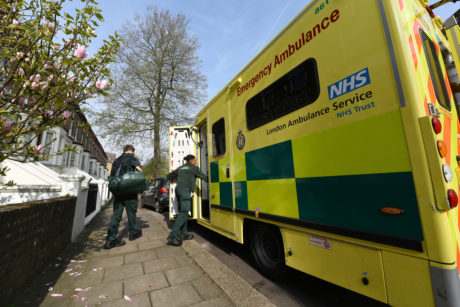Emergency crews
The staff working on our emergency ambulances include Paramedics and Emergency Medical Technicians. They respond to a wide variety of calls but mainly to serious or life-threatening calls.
We have also created a new role in our Service, called Assistant Ambulance Practitioner (AAP). This role fits in our career structure to mean a member of staff can start in our Non-Emergency Transport Service (NETS), become an AAP and eventually, should they wish, progress to other clinical roles including paramedic positions.
AAPs will be crewed alongside either a registered paramedic or another suitably-qualified member of staff such as an Emergency Medical Technician or Emergency Ambulance Crew. A paramedic or other suitably qualified clinician will guide and support the Assistant Ambulance Practitioner and maintain overall clinical responsibility for the patient.
Our crews are trained to deal with life-threatening illnesses and injuries. However, paramedics are trained to carry out invasive procedures which they may need to perform during the most serious medical emergencies. These procedures include intubation (where a tube is entered into the windpipe to help a patient breathe) and needle chest decompressions (inserting a needle into the chest to release the build up of air pressure).
We carry a full range of equipment on our emergency ambulances, including electrocardiogram (ECG) machines to monitor a patient’s heart and defibrillators which can restart the heart if a patient goes in to cardiac arrest.

Follow us on social media: